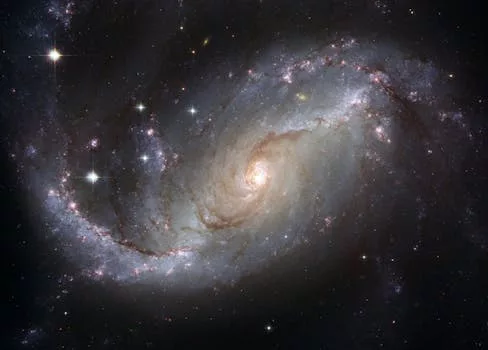
“
From Stardust to Dreams: Imagining Life Beyond the Stars
Introduction to the Wonders of the Universe
From Stardust to Dreams: Imagining Life Beyond the Stars is an intriguing topic that has fascinated humans for centuries. The possibility of life existing beyond our planet is a concept that has sparked debate, curiosity, and exploration. As we continue to advance in our understanding of the universe, we are drawn to the question of whether we are alone in the cosmos.
The universe is vast and complex, comprising billions of galaxies, each containing billions of stars. The formation of stars is a process that involves the collapse of giant molecular clouds, which eventually leads to the creation of new stellar systems. Our own solar system is thought to have formed around 4.6 billion years ago, from a cloud of gas and dust that surrounded the Sun.
The Search for Life Beyond Earth
The search for life beyond Earth is an ongoing effort that involves scientists from various disciplines, including astrobiology, astrophysics, and planetary science. One of the primary methods used to search for life is by studying the properties of exoplanets, which are planets that orbit stars other than the Sun.
Exoplanets can be categorized into different types, including terrestrial planets, gas giants, and ice giants. Terrestrial planets, such as Earth, are thought to be the most promising candidates for supporting life, as they have a solid surface and are located within the habitable zone of their star. The habitable zone, also known as the Goldilocks zone, is the region around a star where temperatures are just right for liquid water to exist on a planet’s surface.
Imagining Life Beyond the Stars
As we continue to explore the universe and search for life beyond Earth, we are inevitably led to imagine what life might be like on other planets. The possibility of intelligent life existing elsewhere in the universe is a topic of much speculation and debate. Some scientists believe that the existence of intelligent life beyond Earth is not only possible but also probable, given the vast number of potentially habitable planets that exist in the universe. For more on this topic, check out Soaring Through the Cosmos: The Power of Imagination Beyond the Stars.
Others argue that the emergence of intelligent life may be a rare event, and that the conditions that led to the evolution of complex life on Earth may be unique to our planet. Regardless of the outcome, the search for life beyond Earth is an exciting and ongoing journey that continues to inspire scientific inquiry and exploration.
Takeaways
- The universe is vast and complex, with billions of galaxies and stars.
- The search for life beyond Earth is an ongoing effort that involves scientists from various disciplines.
- Exoplanets can be categorized into different types, including terrestrial planets, gas giants, and ice giants.
- The habitable zone, or Goldilocks zone, is the region around a star where temperatures are just right for liquid water to exist on a planet’s surface.
- The possibility of intelligent life existing elsewhere in the universe is a topic of much speculation and debate. For further exploration of this idea, read Beyond Stars: Where Imagination Takes Flight.




